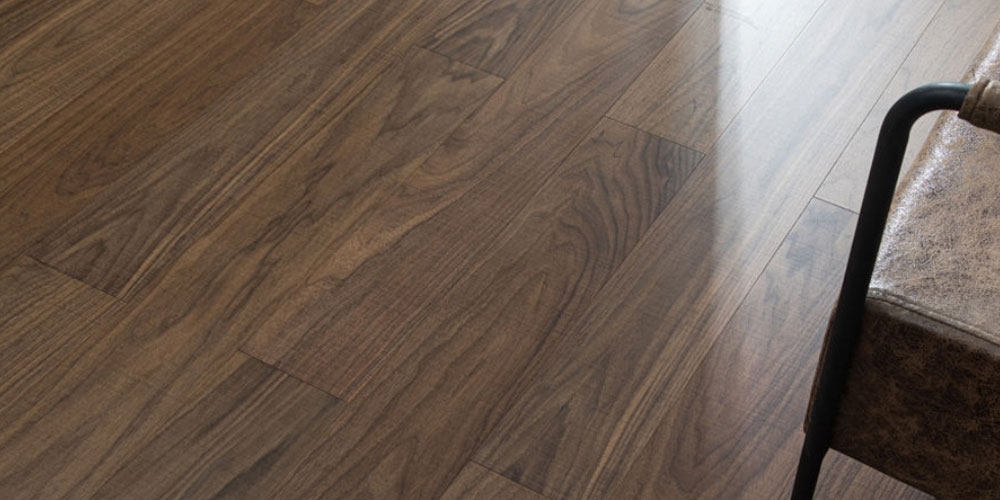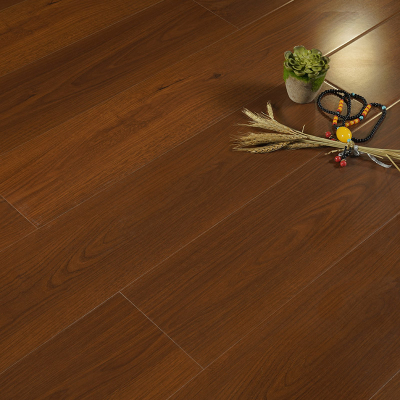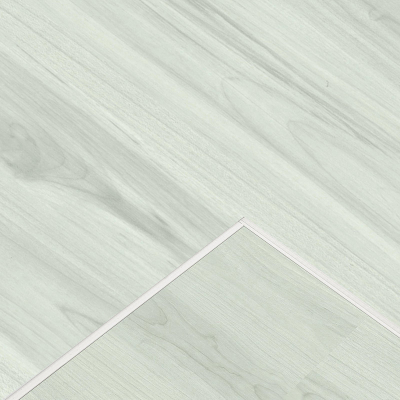DIY Wood Flooring Installation | FLOORMAKER
DIY Wood Flooring Installation: A Complete Guide for Global Buyers
DIY wood flooring installation has become one of the fastest-growing segments in the global interior materials industry. As residential and commercial renovation projects continue to increase, more buyers are seeking reliable, easy-to-install flooring solutions that reduce labor costs and shorten project timelines.
This article provides a comprehensive analysis of the DIY wood flooring market, covering industry trends, installation technology, manufacturing insights, buyer considerations, and practical guidance designed for international B2B sourcing.
1. Global Market Trends in DIY Wood Flooring
The DIY wood flooring installation market is expanding quickly across North America, Europe, Southeast Asia, and Latin America. According to industry data, the demand for prefabricated and click-lock flooring grows by 6%–9% annually, driven by rising home renovation activities and the need for cost-effective material upgrades.
Buyers prioritize flooring that supports easy DIY installation, stable locking structures, durable surface coatings, and compatibility with various substrates. As e-commerce and cross-border supply chains mature, more distributors, wholesalers, and building contractors are integrating DIY flooring products into their catalogues to meet global sourcing demands.
2. Why DIY Wood Flooring Installation Is Becoming Mainstream
DIY installation significantly reduces total project costs by minimizing professional labor requirements. For B2B buyers, this translates into improved competitiveness and higher profitability. DIY wood flooring is engineered with smart design features such as click-lock joints, pre-finished surface layers, and dimensional stability, allowing end users to complete installation with minimal technical knowledge.
Additionally, the rise of sustainable sourcing and eco-friendly materials has pushed manufacturers to enhance product quality and introduce multi-layer engineered structures that support long-term use and environmental compliance.
3. Technical Structure of Modern DIY Wood Flooring
3.1 Multi-Layer Engineered Construction
Most DIY flooring today adopts a multi-layer engineered structure consisting of a top wear-resistant veneer, a stable core layer, and a protective bottom layer. This construction minimizes expansion, reduces deformation risks, and ensures long-term stability in various climates.
3.2 Click-Lock Installation Technology
The click-lock system is the core of DIY installation. The precision-cut joint mechanism allows each plank to securely interlock without adhesives or nails. This system helps reduce installation time by up to 50% compared with traditional hardwood flooring.
3.3 Surface Finishing Techniques
Depending on product grade, surfaces may include UV coatings, scratch-resistant layers, waterproof sealants, or textured finishes that replicate natural wood grain. These technologies ensure durability, enhance appearance, and protect against moisture and wear.
4. Step-by-Step Overview of DIY Wood Flooring Installation
4.1 Site Preparation
Buyers and contractors must ensure the subfloor is clean, dry, level, and structurally sound. A moisture barrier may be required in certain regions depending on humidity levels and building codes.
4.2 Plank Layout Planning
Before installation, planks should be acclimated to the environment for at least 24–48 hours. This reduces potential dimensional shifts. Planning the layout in advance ensures consistent visual alignment and minimizes material waste.
4.3 Click-Lock Assembly
Planks are connected by inserting the tongue into the groove at an angle and pressing downward to lock them into place. The process is repeated row by row until the full surface is completed. This technique is the key advantage for buyers seeking DIY wood flooring installation options.
4.4 Finishing and Inspection
After completing the installation, perimeter gaps should be covered with trim moldings. A final inspection ensures all planks are securely connected and the surface is free from movement or elevation differences.
5. Manufacturing Insights for B2B Buyers
Manufacturers have adopted advanced CNC cutting equipment, high-precision locking machinery, and automated coating lines to enhance production efficiency and ensure consistency. Quality control typically includes dimensional accuracy testing, stability assessment under humidity changes, and abrasion resistance checking.
For importers and distributors, understanding production standards helps ensure the sourcing of reliable materials that support easy DIY installation and long-term performance.
6. Buying Considerations for International Procurement
Buyers evaluating DIY wood flooring installation products should assess factors such as locking system precision, wear-layer durability, substrate stability, formaldehyde emission compliance, surface treatment technology, and packaging strength for long-distance transport.
Sample testing before mass purchasing is essential to verify locking performance and installation difficulty.
7. FAQ: Common Questions from Global Buyers
Q1: Is DIY wood flooring suitable for commercial projects?
Yes. Many engineered wood floors with click-lock systems meet commercial durability standards. Buyers should confirm the wear layer thickness and coating level based on expected traffic conditions.
Q2: Can DIY wood flooring be installed over existing floors?
In most cases, yes. As long as the underlying surface is level and stable, DIY installation can be performed over tiles, concrete, or old wood flooring. A moisture barrier may be required depending on regional climate conditions.
Q3: How long does DIY installation normally take?
A professional team can complete 50–80 square meters in a single day. For end users, installation time depends on experience, but the click-lock system greatly reduces labor time compared with traditional hardwood flooring.
Q4: What is the expected lifespan of modern DIY engineered flooring?
With proper maintenance, high-quality engineered flooring can last 15–25 years or more, depending on wear layer thickness and coating technology.
8. Conclusion: A Professional Solution for Global Flooring Projects
The rising popularity of DIY wood flooring installation reflects global demand for flexible, durable, and cost-efficient renovation solutions. With advanced engineering, easy click-lock systems, and stable multi-layer structures, DIY wood flooring offers exceptional value to builders, distributors, and commercial buyers worldwide.
For sourcing inquiries, technical consultation, or customized flooring solutions, buyers are encouraged to contact our professional team for full product details and global supply support.








